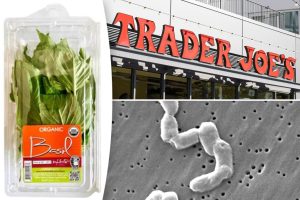Summarize this content to 2000 words in 6 paragraphs Jordan Montgomery made the most of his trade to the Texas Rangers last season as he pitched a 2.83 ERA, including the postseason, and helped them to their first-ever World Series title.That was quite a way to enter free agency after a stellar season and a ring, so the lefty probably expected quite the lucrative multi-year contract during the offseason.Instead, Montgomery wound up signing a one-year deal with the Arizona Diamondbacks one day after the 2024 season began. Montgomery then reportedly fired Scott Boras, known as one of the top sports agents in professional baseball. The left-handed pitcher has signed with Joel Wolfe and Nick Chanock of Wasserman, a talent agency for sports, music, entertainment and culture.Montgomery split his 2023 season between the Rangers and the St. Louis Cardinals. During the Rangers’ magical postseason championship run, he threw 31 innings with a 2.90 ERA and 3-1 record. He entered the free agency market with expectations of a multi-year deal worth at least $20 million each season, but rather settled for a one-year deal for $25 million with the Diamondbacks, who the Rangers beat in the World Series.Boras said it was a matter of baseball owners and their will to win.”We’ve had a dramatic difference in the competitiveness and aggressiveness of owners to win,” Boras said, according to ESPN.The offseason prior to 2024’s Opening Day was rather tumultuous for Boras — whose clients include J.D. Martinez and Blake Snell who signed one- and two-year deals, respectively, in March. Martinez had recently gotten his fifth-straight All-Star nod while Snell won the National League Cy Young Award last season.Montgomery and Martinez were forced to stay in extended spring training. Martinez is now injured, while Snell only lasted three innings in his first start of the season. SHOHEI OHTANI’S EX-INTERPRETER FACING 30 YEARS IN JAIL AFTER ALLEGEDLY STEALING OVER $16 MILLION FROM MLB STARMontgomery’s salary is respectable at $25 million for one season, particularly since the 31-year-old left-hander owned a 3.77 lifetime ERA before joining Texas and was never overpowering. In fact, he struck out even fewer batters per nine innings with Texas than with the Yankees and Cardinals in previous stints.As for Boras, the good news for the super agent is that his clients for this upcoming offseason include Juan Soto and Pete Alonso. Alonso’s free agency could certainly be a question mark, but his 50-homer potential is obviously a bonus.Soto could very well be the AL MVP this year and potentially sign a contract comparable to Shohei Ohtani’s $700 million signed last offseason. Montgomery is expected to make his debut with the Diamondbacks, the team he beat with the Rangers in the Fall Classic, later this month.Follow Fox News Digital’s sports coverage on X, and subscribe to the Fox News Sports Huddle newsletter.
You Might Like
© 2024 West Observer. All Rights Reserved.
















